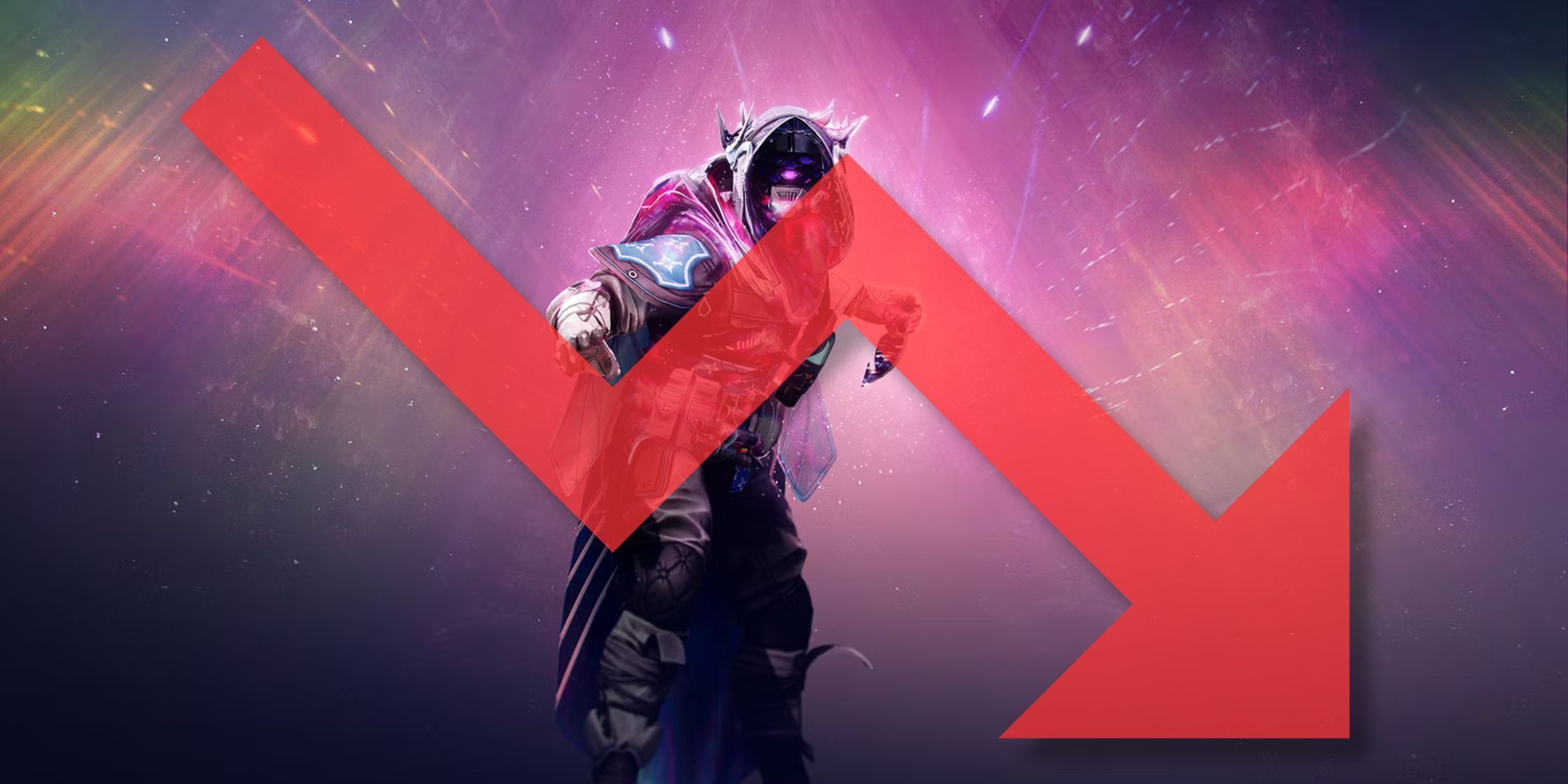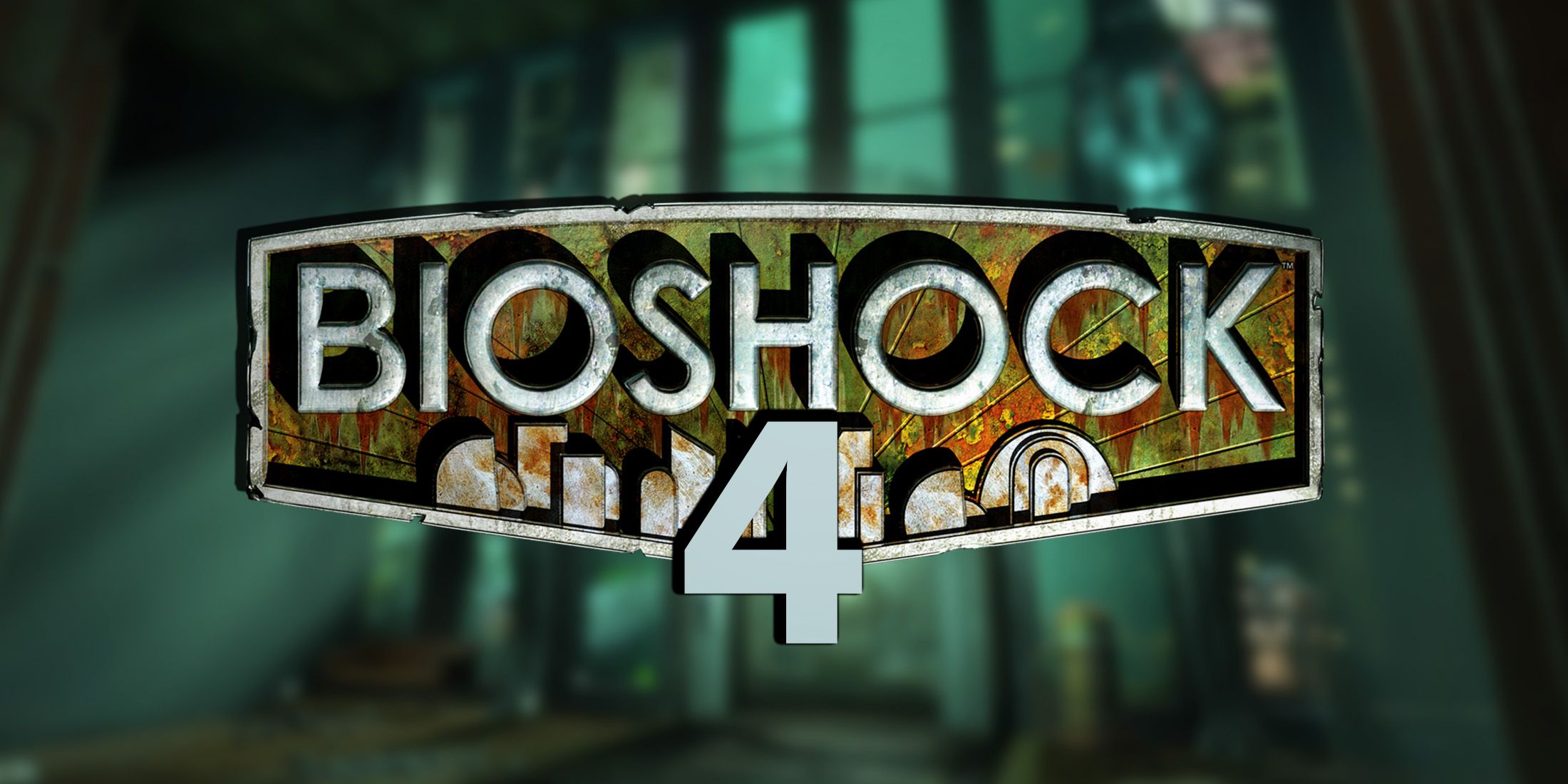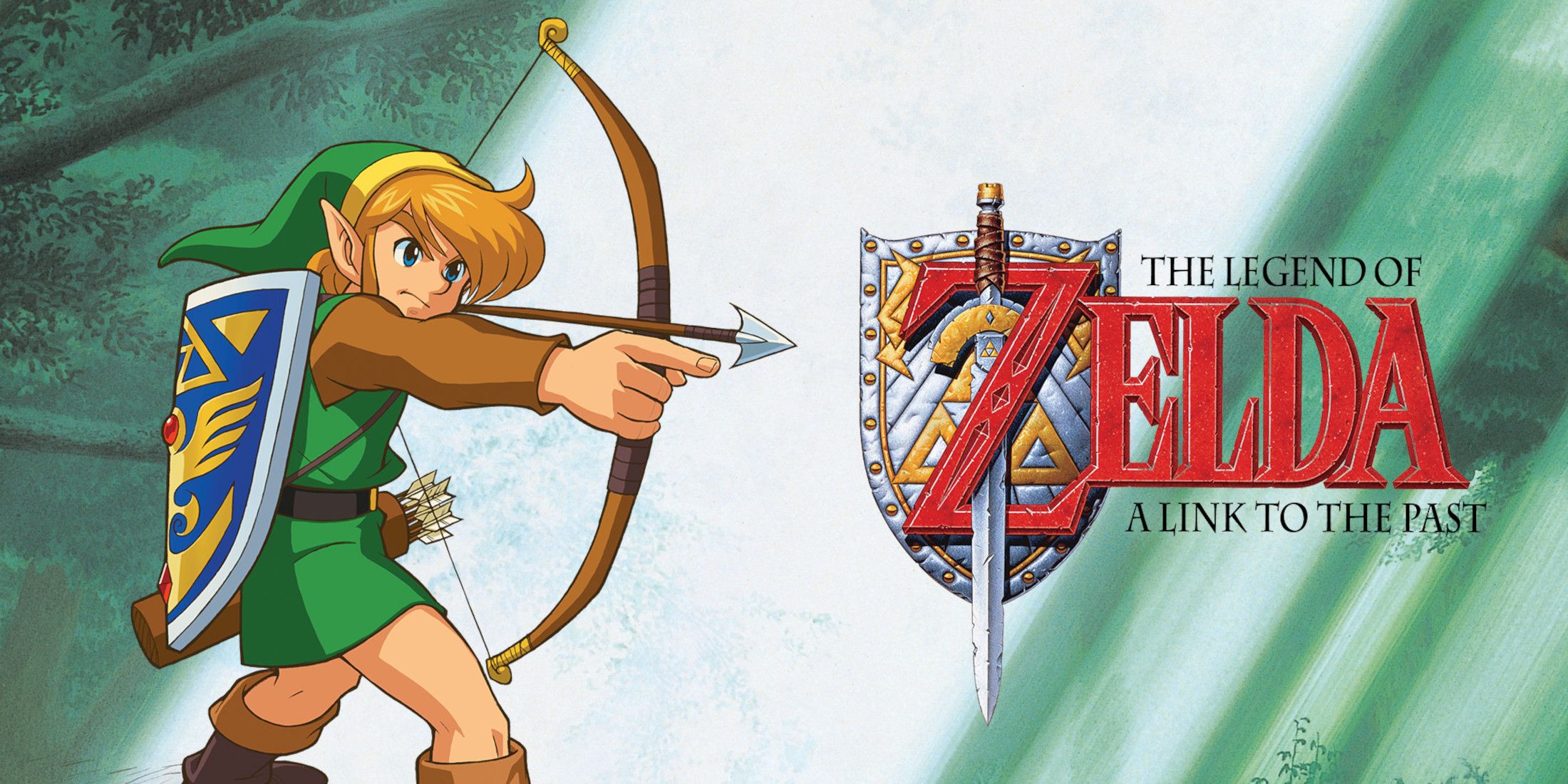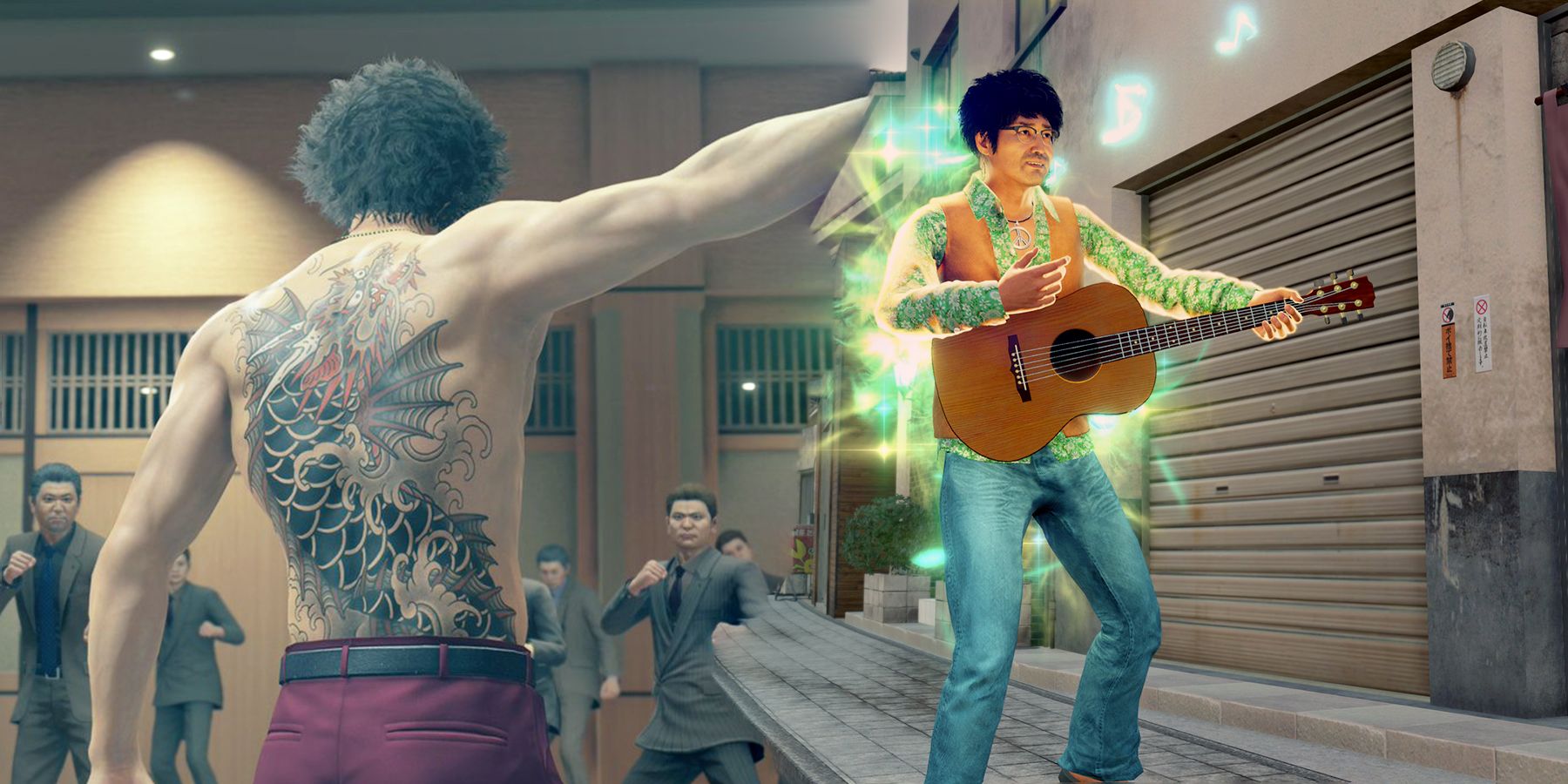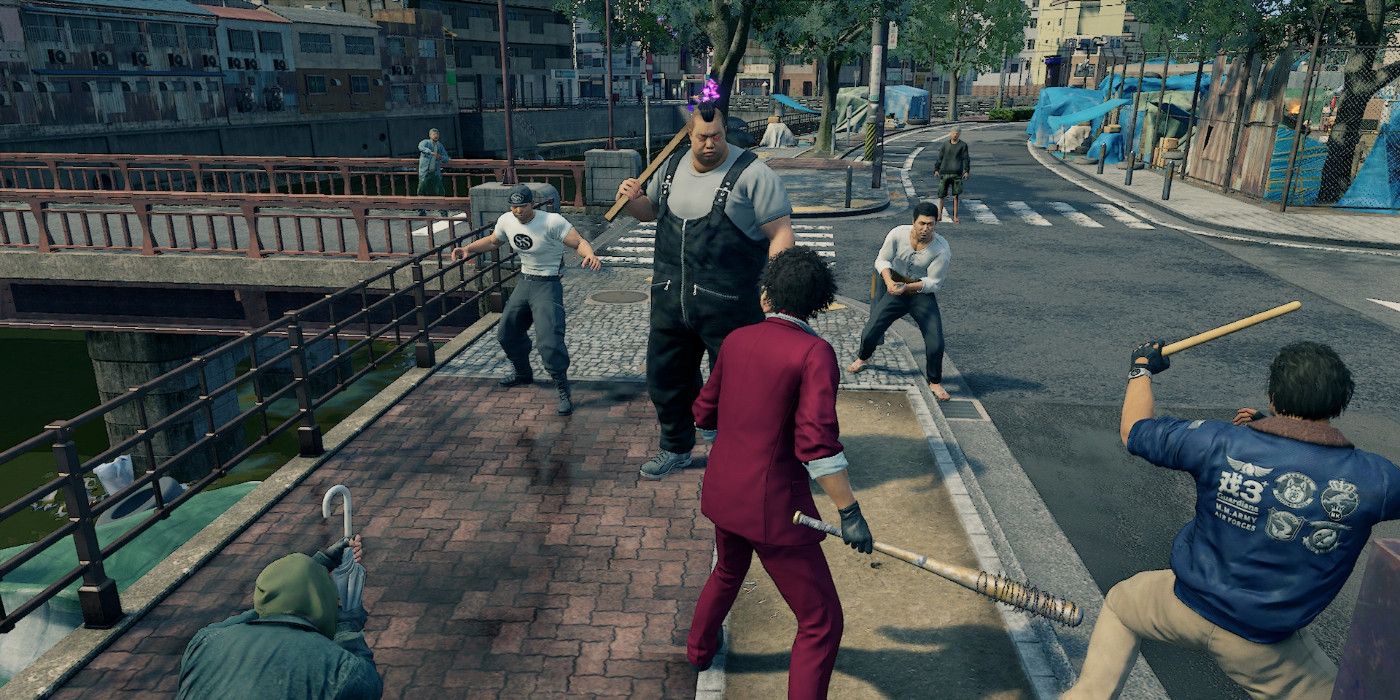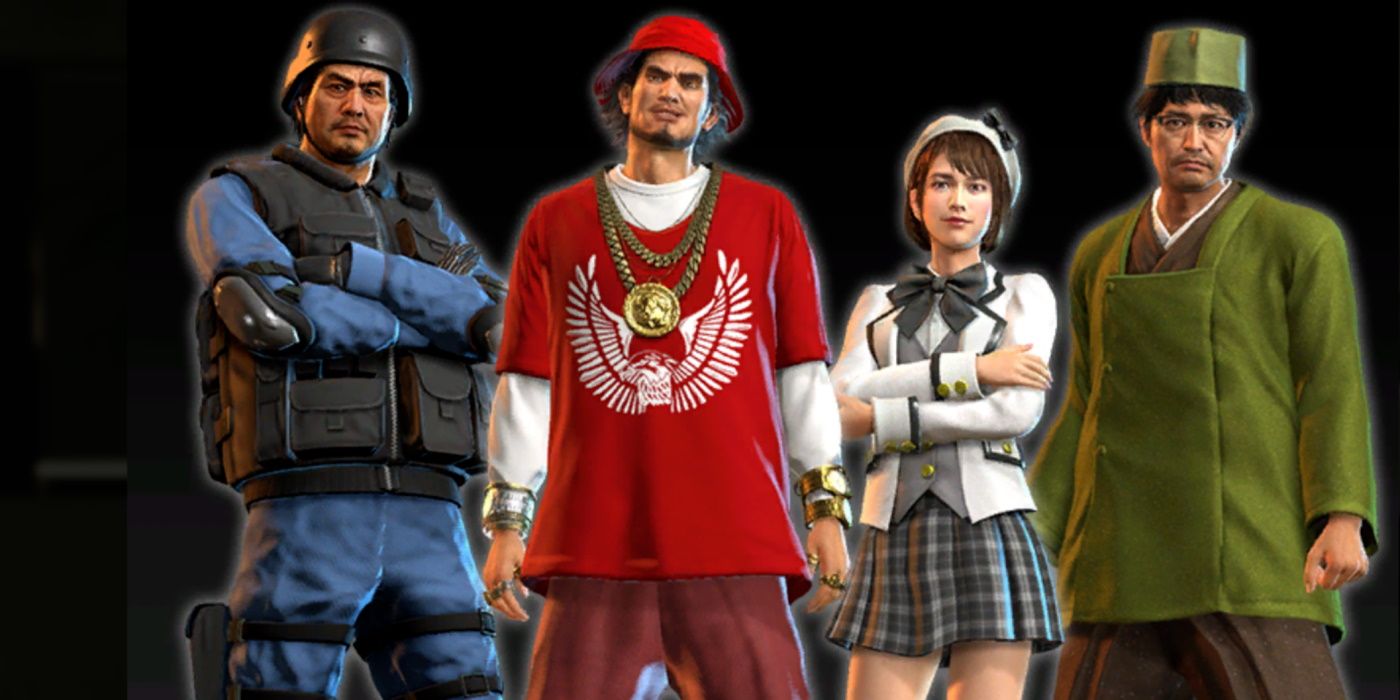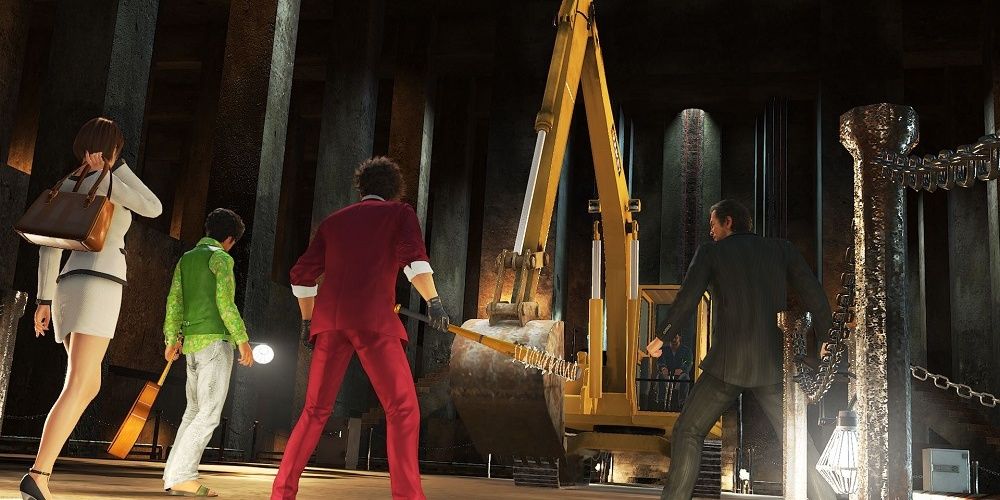For well over a decade, Sega and Ryu Ga Gotoku Studio have been iterating on the Yakuza story. Exploring Kazuma Kiryu's expansive story through the titular Japanese criminal syndicate, six mainline releases (not including spin-offs) have seemingly concluded the stoic protagonist's story after 15 years. In the context of the strange world of Kamurocho and its inhabitants, Kiryu's honor-bound-to-a-fault personality made him the perfect protagonist for the melodramatic main story, as well as the ludicrous side quests. Now, the series is moving on with a brand-new protagonist in Ichiban, alongside a turn-based JRPG overhaul and a completely new cast of characters.
The series' grand experiment in transitioning from brawler to traditional JRPG has largely proven successful for the franchise. Yakuza fans welcomed the new gameplay loop with open arms, as many found that turn-based combat matched the series' identity, characters, and narrative just as well as the beat 'em up gameplay did previously. There are certainly growing pains to be had with future games after Yakuza: Like a Dragon, and there's plenty of aspects of Like a Dragon's JRPG design that can be improved. Aspects like the game's job system, the automated pathing in combat, as well as some tedious dungeon crawling could easily be improved in a Like a Dragon sequel.
Refining Like a Dragon's Turn-Based Combat
Arguably the most important aspect of a JRPG's design is its combat, especially if it's based on a traditional turn-based gameplay foundation. For Yakuza previously, combat was a simplistic affair: Button mashing between light and strong attacks, alongside some special Heat actions and other unique/contextual attacks, was about as deep as it got for combat.
By comparison, Yakuza: Like a Dragon was incredibly ambitious as a result. The turn-based combat was surprisingly complex, with things like weaknesses, affinities, status effects, and several other aspects that made the new battle system compelling. That being said, Yakuza: Like a Dragon's battles did have some quirks that held back the experience to a degree, though the disappointing aspects never significantly detracted from the overall gameplay experience. One unique aspect of battle encounters was the dynamic nature of positioning in Like a Dragon.
Every character, friend or foe, moves around the arena automatically; similar to turn-based battle systems like Final Fantasy 13. However, unfortunately, this unique environment could lead to some unusual pacing issues for a JRPG's battle system. There are various obstacles and objects that Ichiban and the main party could use to their advantage mid-combat, leading to unique attack animations and high damage. However, that also meant the game's AI had to micromanage the geometry in the fight arena, which often lead to the game lagging behind a bit as it tries to make sure that enemies and allies are reacting appropriately to the environment around them.
Especially when enemy and ally positioning can affect the usefulness of area-of-effect attacks, forcing characters to hop over or otherwise get stuck on/delayed by obstacles is often a hindrance. The next Yakuza game should work on refining friendly/enemy AI to avoid hang time between turns and character actions.
Overhauling the Job System in Like a Dragon
Another aspect of Yakuza: Like a Dragon that could utilize a degree of refinement was the job system, or Yakuza's version of it. Similar to several classic Final Fantasy entries, Yakuza: Like a Dragon implements its own parody versions of the different combat roles that party members can assume in battle. Ranging from the fortune teller class to the chef class, there's a ton of variety in aesthetic and flair between all classes, and each party member brings their own unique energy to each job as well. However, despite being stylistically distinct between characters, very few jobs significantly change the gameplay formula enough to encourage job switching often.
Part of the reason for this is that most jobs, without looking up a guide or gameplay for each job outside of the game, require putting in grinding time. Granted, grinding is expected in most turn-based JRPG (to some extent), but the usefulness of several job-exclusive skills in Yakuza: Like a Dragon can only be proven through gameplay. It doesn't help that some jobs were more helpful than others on specific party members, so dedicating grinding to lackluster or otherwise unappealing skills can lead to unfortunately wasted time. Clarifying job roles in-game should allow players to plan ahead for each party member, allowing them to play the game their way much easier.
Expanding Like a Dragon's Dungeon Design
One particularly sore aspect of Yakuza: Like a Dragon's JRPG design is the way dungeons and environments are laid out. Plenty of JRPGs have suffered from this problem previously, but Like a Dragon in particular is a prime example of lacking dungeon design. Drab and dull hallways are a plenty in Like a Dragon, and while that applies to the realism of the setting itself, it never quite makes the actual dungeon crawling particularly interesting. Dungeons like Qing Jin or the Geomijul Hideout are some standout environments that players explore throughout Ichiban's story, but the places in between aren't visually impressive or mechanically complex to explore.
To some degree, the difficulty or intricacy of battles can help distract from these aspects, but that doesn't have to be the only redeeming aspect of a JRPG dungeon. The exploration of a bland dungeon can very quickly become a slog if there isn't enough variation in layout, puzzles, or other elements that can break up the repetition of battles. JRPGs like Persona 5 or Golden Sun, just to name a few, have all mixed up the traversal of dungeons via new mechanics and objectives that involved more than just battling. Especially with a series that thrives on minigames and extraneous activities, Like a Dragon needs to add more variety to its dungeon crawling.
That being said, for a studio and franchise that's been ingrained in the beat 'em up genre for well over a decade, Yakuza: Like a Dragon was still a very impressive new venture for the Yakuza series. Like a Dragon successfully translated the spirit and identity of Yakuza into a traditional JRPG framework in a way that didn't alienate longtime fans of the series. Like a Dragon's sequel will certainly seek to replicate this momentum, and improving these aspects would be the best way to do so.
Yakuza: Like a Dragon is available now on PC, PS4, PS5, Xbox One, and Xbox Series X/S.

